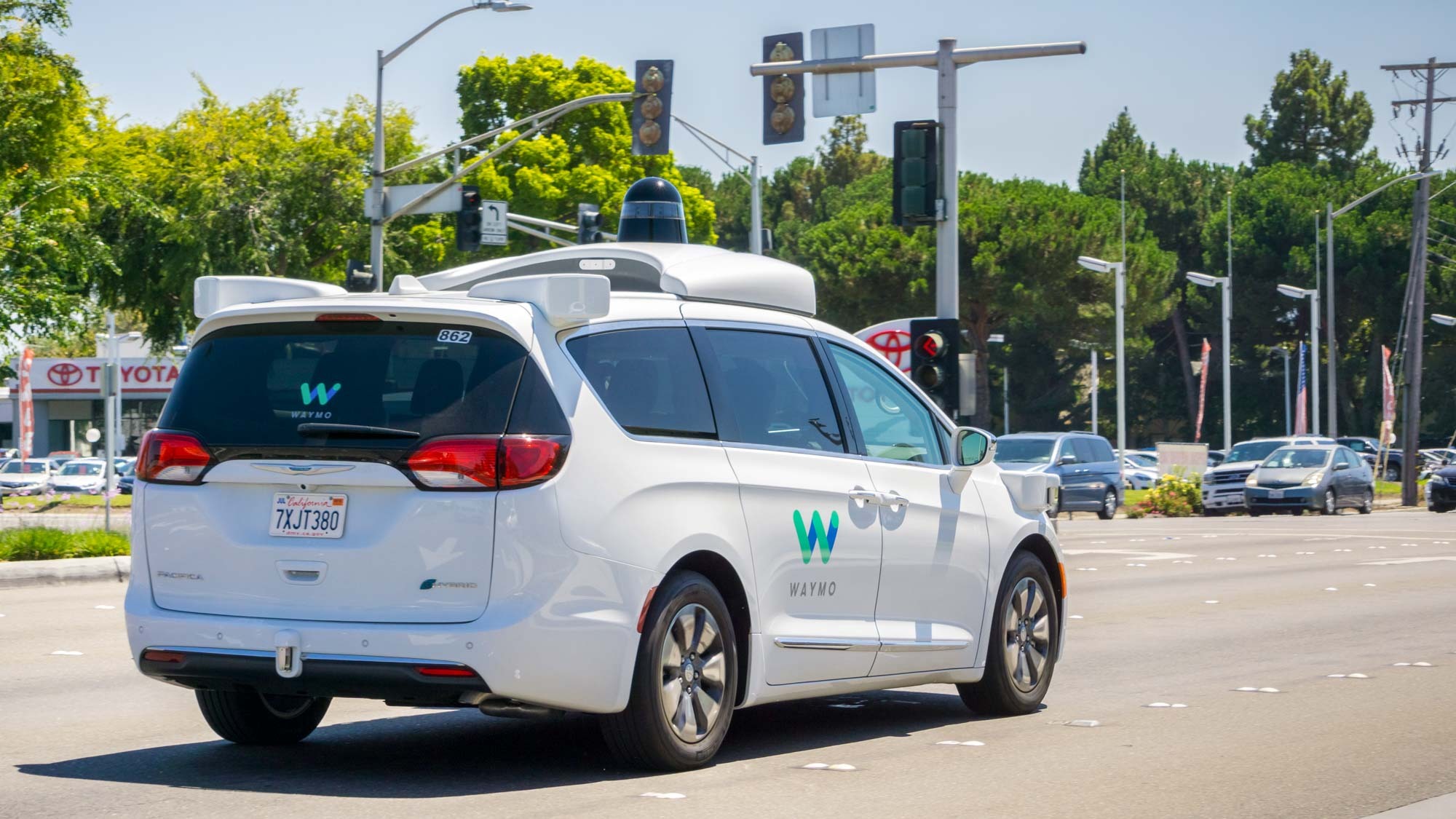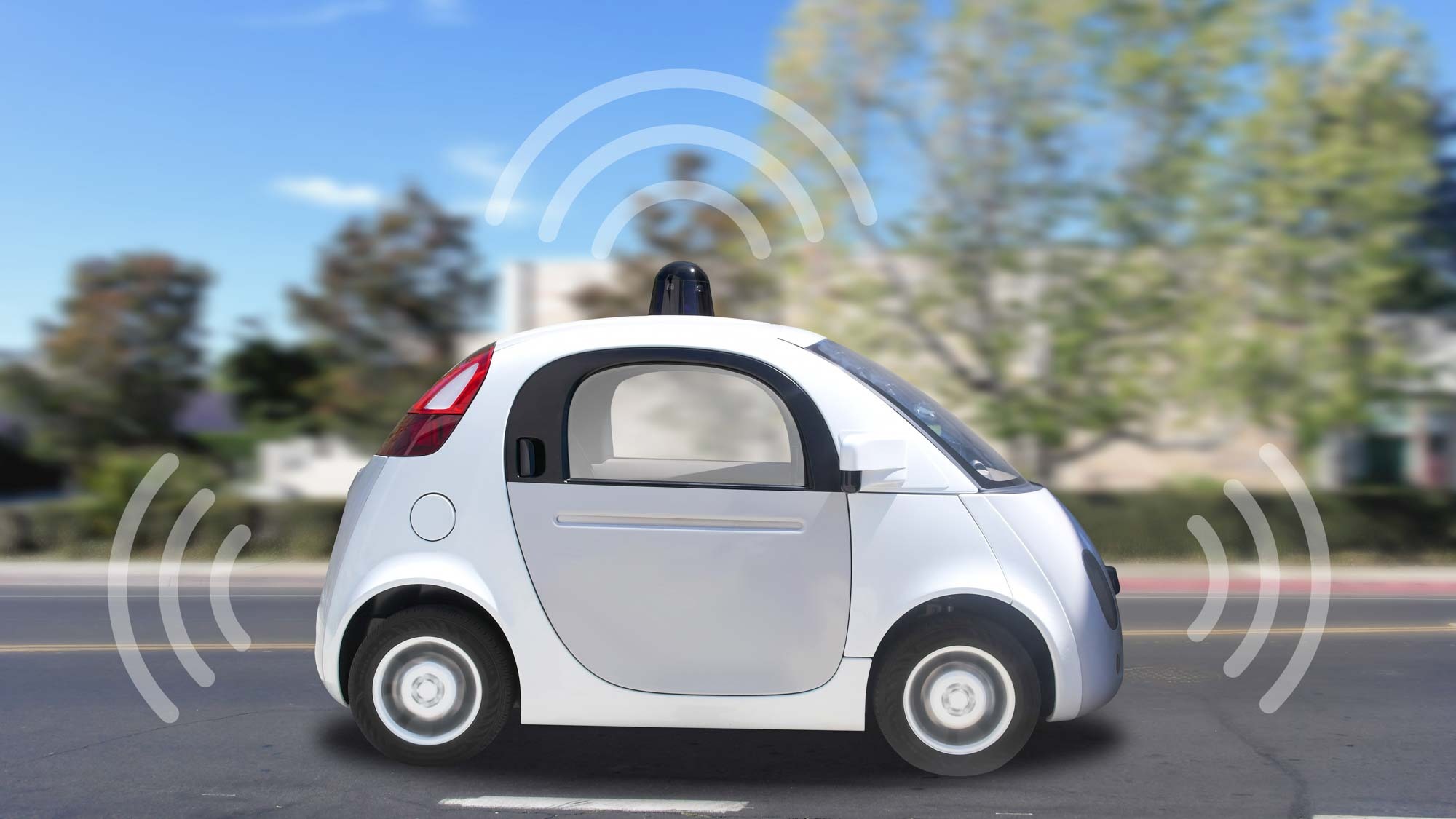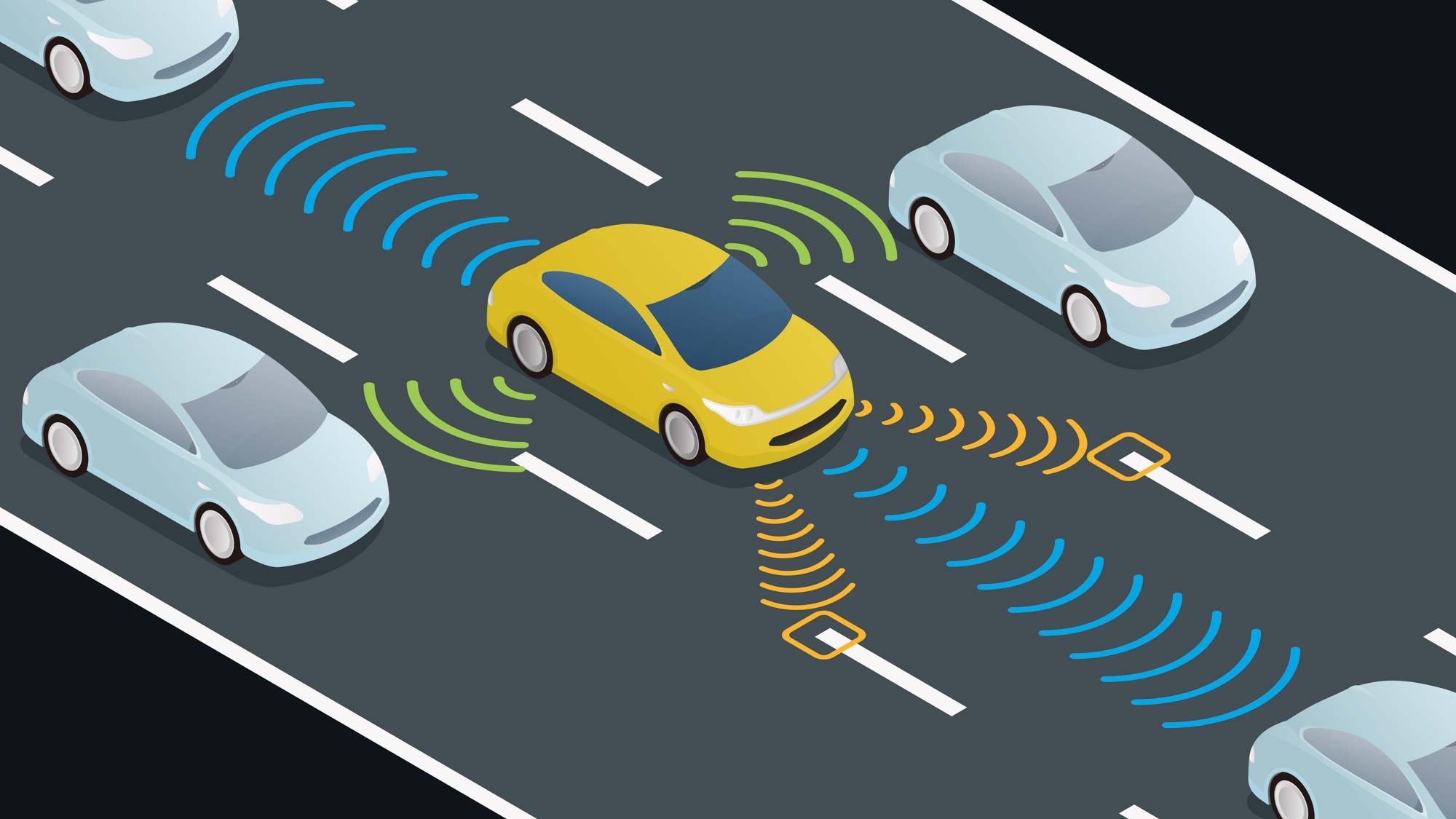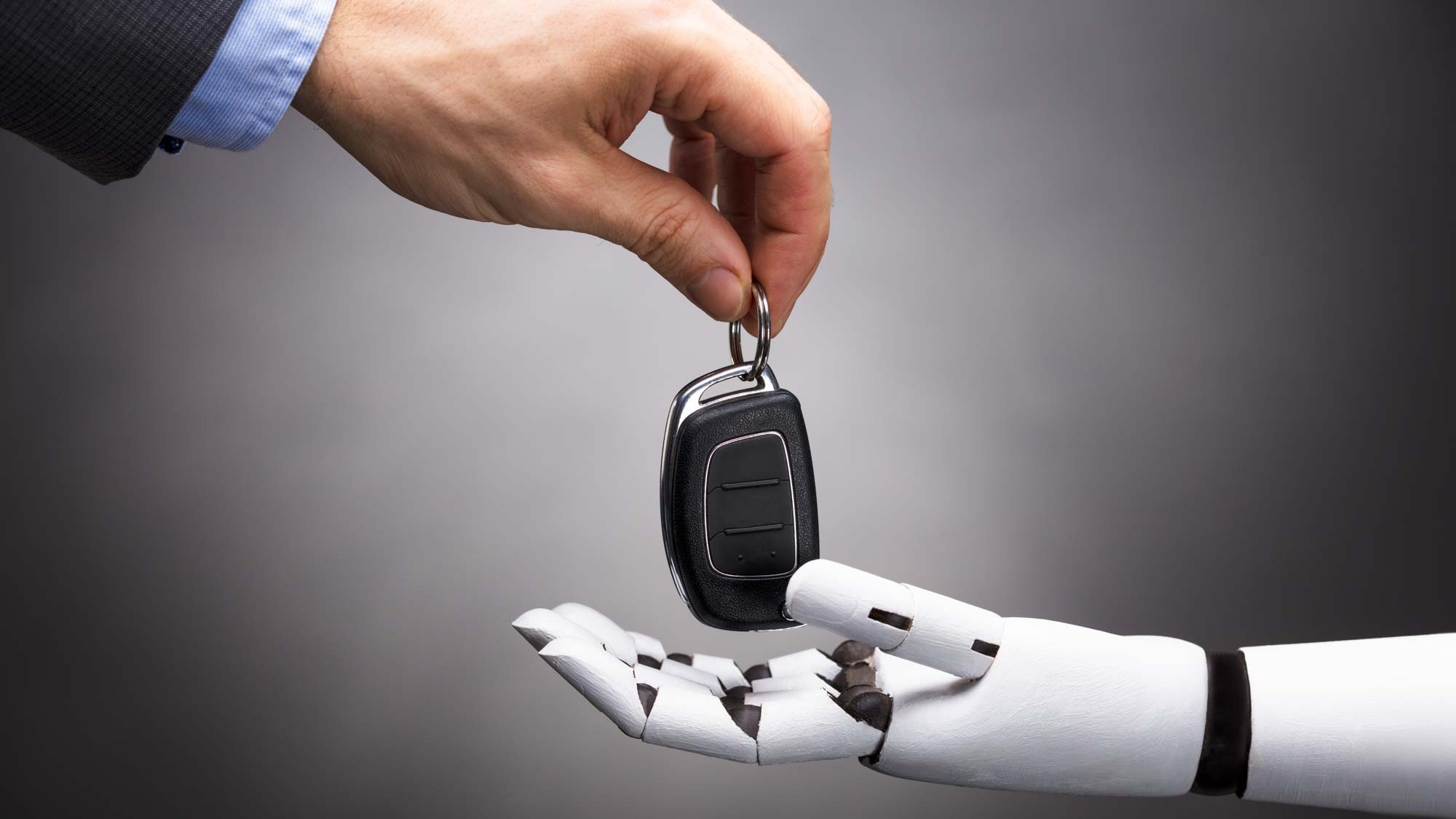How do self-driving cars work? Everything you need to know
Self-driving cars could revolutionize transportation, but how exactly do they work?

The idea of the self-driving car feels like something that comes straight out of science fiction, but it’s a future that the automotive industry is actively striving towards. One day, we’re told, cars won’t need a human driver. They will be able to navigate by themselves while you sit back and do something more productive.
This could have a lot of profound consequences. Not only would humans be able to better utilize their time in the car, but an interconnected network of self-driving cars would be aware of each other continuously — reducing traffic and potentially removing any need for traffic lights or stop signs.
But you may have wondered what all this hubbub about self-driving cars is about. So what are they, and exactly how do self-driving cars work?
Are there any self-driving cars on the road today?

At the moment the “self-driving” cars are restricted to testing and trials, and need special authorization to be allowed on public roads. That means there are no autonomous self-driving cars you can legally take on public roads, only cars with a range of autonomous driver assistance tools.
The key difference is that a self-driving car can do all the things normally reserved for a human driver, and doesn’t need any input from someone sitting behind a steering wheel. Autonomous driver assistance systems (ADAS) take some of the burden off the driver, but at the moment these tools still require them to be present and alert at all times.
This will change as technology advances, most notably as level 3 autonomous driving systems bypass legal and technological hurdles across the world. While currently restricted to a handful of cars in certain parts of Japan, this tech would allow the driver to take their eyes off the road for brief periods of time.
How are autonomous cars able to drive themselves?

The science behind the autonomous car is extraordinarily complex. That’s why advancement moves as slowly as it has been doing. But simply put autonomous driving relies on a series of complex algorithms, machine learning, powerful computing hardware, sensors and actuators.
Get instant access to breaking news, the hottest reviews, great deals and helpful tips.
Sensors help the car “see”, building a map of the surroundings so it can locate objects, measure distances, and can be found all around the car. The types of sensors vary from carmaker to carmaker, and typically involve Radar, LiDAR or optical cameras.
Tesla Autopilot is notable for switching from Radar to optical-based sensors in recent years, while automakers like General Motors and Toyota have been known to use LiDAR. Automakers have been known to utilize different sensors for different functions too. Cameras that can read signs and traffic lights, and ultrasonic sensors along the wheels to detect curbs and other ground-based obstacles.
The information pulled in from those sensors is then processed and analyzed by the car’s computer. The computer figures out what to do, based on how it was programmed and the things it knows it can or can’t do, and passes directions on to the actuators. Actuators do the actual controlling of the car, covering steering, acceleration and braking based on what the computer told them to do.
What are the limitations of autonomous driving features?

The main limitation to autonomous driving features is that they are not the product of a thinking machine. Instead of making decisions, the car is following pre-programmed instructions on what to do in certain situations. As advanced as they are, programmers can’t anticipate everything that’s going to happen on the roads.
As such autonomous car features are not easily adaptable, certainly not compared to a human driver. That’s why Level 2 autonomous systems, which is what we have on the roads right now, still require the human driver to remain alert and aware of what’s happening at all times.
Human drivers need to be ready to take over at a moment's notice, just in case the car does something wrong, or encounters a situation it can’t handle. Even something as simple as poor weather can hinder the ability of ADAS systems to figure out what’s going on. Granted, that’s also true of humans to an extent, but if weather is impeding sensors’ ability to see what’s around the car, then its driving ability is next to useless.
To top it all off, autonomous driving hardware is also known to be expensive, because it’s still a very new kind of technology. That’s particularly true of LiDAR sensors.
Which autonomous features are available now and how do they work?

Adaptive cruise control
The most common autonomous driving feature in the market is adaptive cruise control, which is sometimes known as “dynamic” cruise control or something similar. With this feature enabled, you give the car control over its own acceleration and braking. However all steering duties are the responsibility of the driver.
The driver sets a maximum speed, and the car uses an array of sensors to detect other cars on the road. On a free road the car will accelerate to the maximum speed and stay there, but will brake and adjust its speed if any other cars cross into its path. Likewise if the car accelerates, or changes lane, your car will speed back up with no input from you, the driver.
Some adaptive cruise control systems, like Audi’s Traffic Jam Assist, also work at slow speeds and can handle the stop-and-start driving involved in heavy traffic.
Emergency Braking
A safety feature above all else, and one that the driver typically has no control over. This feature is designed to stop the car suddenly if it detects an obstacle that either appears suddenly or the driver doesn’t appear to be slowing down fast enough to avoid a collision.
Lane Centering & Lane Keep Assist
If you ask most people what they consider to be “self-driving.” then they’ll probably mention something like lane centering. Lane Centering technology appears as though the car is driving itself, but all it’s really doing is adjusting the steering to stay centered within a clearly-marked lane. Not that this isn't impressive in itself, especially when combined with adaptive cruise control, as many autonomous driver assistance systems are.
Meanwhile lane centering is not the same as lane keep assist. Lane keep assist still requires a human driver to steer, but will take measures to stop you drifting into another lane. This can come as a warning, or as the car briefly takes over steering and pushing the car away from the dividing line.
Auto Lane Change
You’d be hard-pressed to find a recently-made car that can’t detect when something is in your blind spot, and autonomous lane changing has a similar principle. The idea is that you’re driving along with adaptive cruise control and lane centering enabled, and come across another car that’s driving below your chosen speed limit.
With auto lane change, the car can work out what the traffic situation is around it, and if the next lane is clear it will pull into the adjacent lane and start accelerating. Once the lane you were in is clear, the car will pull back in — thereby overtaking the slower driver.
In cars that offer self-navigation, like Teslas with Enhanced Autopilot, this feature can also be used to ensure the car is in the correct lane for whatever route it’s been given.
Parking Assist & Summon
Parking assist is exactly what the name suggests. The car has self-steering technology, and using its array of cameras and sensors goes into a parking spot for you. In some instances the car does everything, and all you need to do is sit back and watch, while others will do the steering while you control the gas pedal. Which makes it perfect for those awkward parallel parking spots you always struggle to get into.
Meanwhile some cars, notably Teslas, have a “summon” feature. This is essentially the reverse, with the car pulling out of the parking spot and slowly drives to you with its ADAS capabilities.
Self Navigation
Self navigation is the closest you’ll get to a car that can actually drive itself. By combining ADAS features, and utilizing the car’s built-in navigation system, the car knows where it needs to go and how to get there.
Naturally it’s rare. Some autonomous driving systems, like Nissan’s ProPilot, can use mapping and GPS to anticipate changes in the road ahead. However they can’t actively navigate the way a human driver could, and you’re responsible for making sure you take the right exits.
Tesla is the best example of autonomous navigation, coming as part of the Enhanced Autopilot package. However this is limited to highway driving, with Tesla noting that the system will only navigate “from on-ramp to off-ramp,” though it can use auto lane change to make sure you’re in the right position to leave the highway at the right time.
Hands-free self-steering
Also a rarity is the ability to take your hands off the wheel while the car’s ADAS system is in control. Both General Motors’ SuperCruise and Ford’s BlueCruise technology offer this in certain circumstances, typically on roads that have been thoroughly mapped beforehand.
However these cars also usually include sensors to ensure your attention isn’t drifting away from the road ahead. Start losing focus and the car will warn you to keep your eyes up. Do it too often and the autonomous driving systems will disengage.
What needs to happen for self-driving cars to become a reality?

As technologically impressive as ADAS systems are, they still don’t hold a candle to the versatility of a human driver. They may be able to perform incredibly well in a number of circumstances, but don’t have the same ability to adapt to new situations on the fly.
Driver assistance tools can reduce the chance of accidents, as well as make things easier and more comfortable than the driver. But they don’t have the ability or sophistication to replace a human driver in every one of the countless situations that can happen on the open road. In fact they can easily get confused and make mistakes, and the likes of tesla’s phantom braking problem is a perfect example of that in action.
The technology isn’t there yet, and until it is we won’t get to sit in a car while it drives itself around. Not outside of controlled testing and trial situations anyway.

Tom is the Tom's Guide's UK Phones Editor, tackling the latest smartphone news and vocally expressing his opinions about upcoming features or changes. It's long way from his days as editor of Gizmodo UK, when pretty much everything was on the table. He’s usually found trying to squeeze another giant Lego set onto the shelf, draining very large cups of coffee, or complaining about how terrible his Smart TV is.
